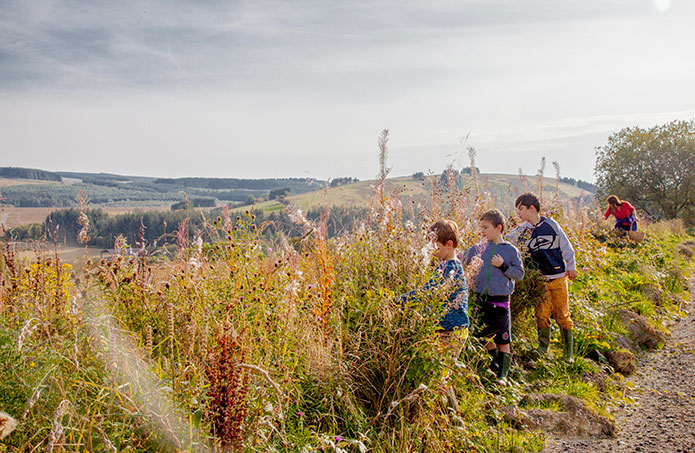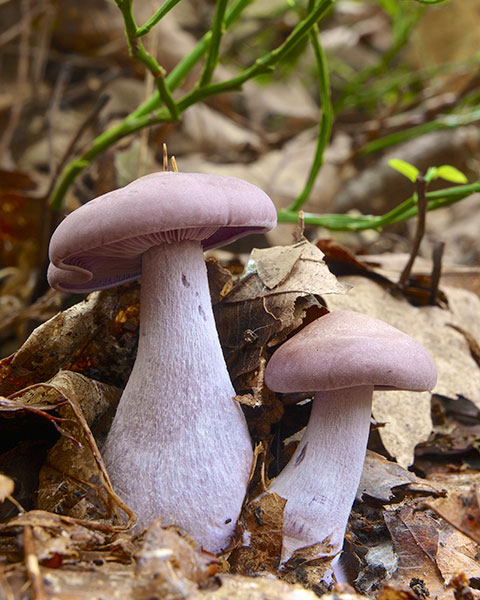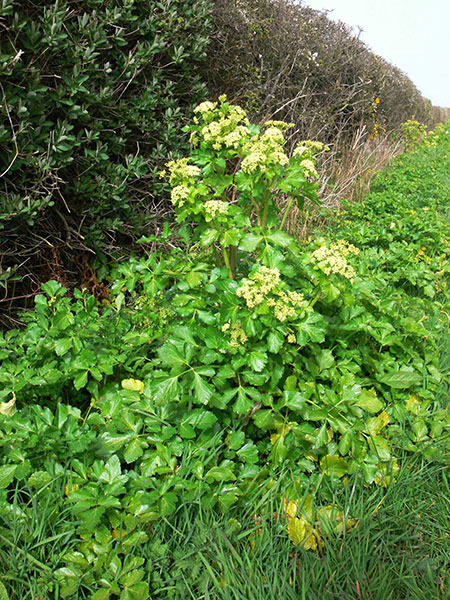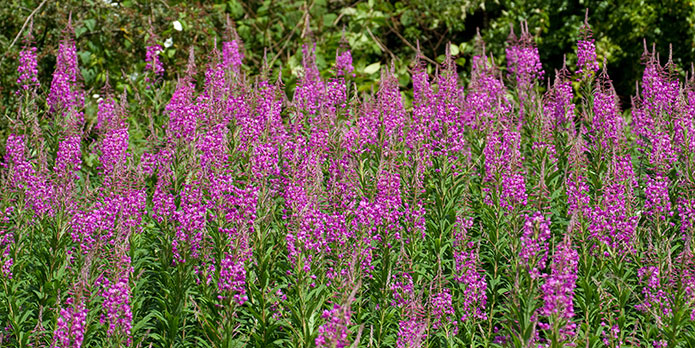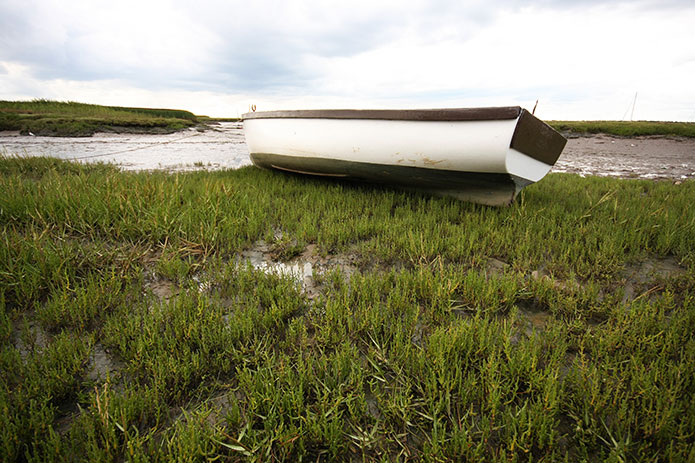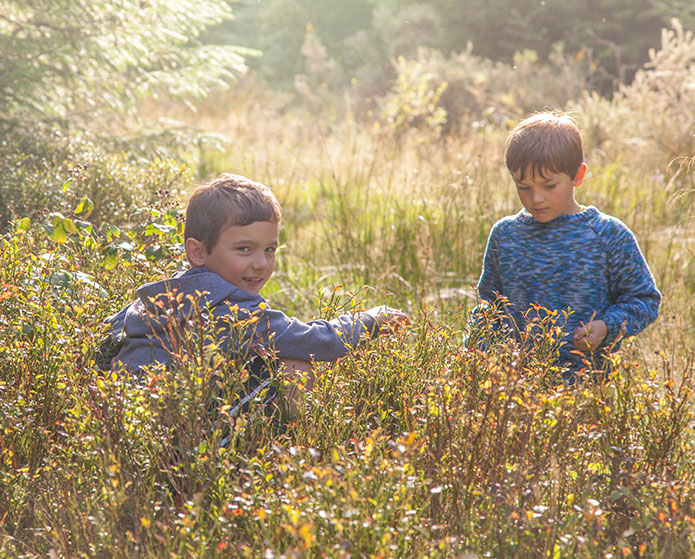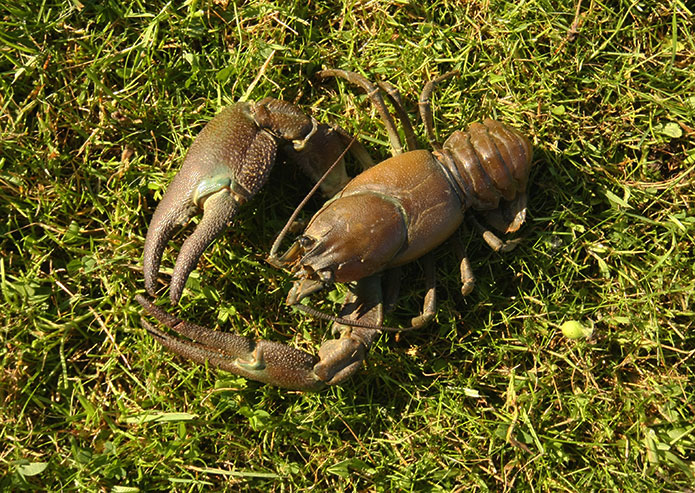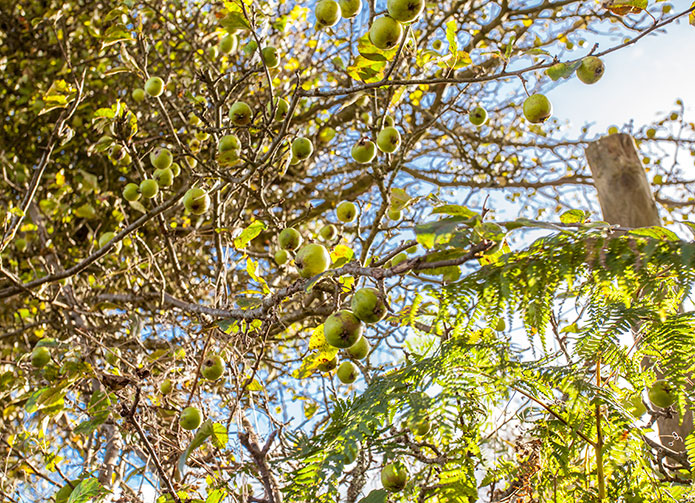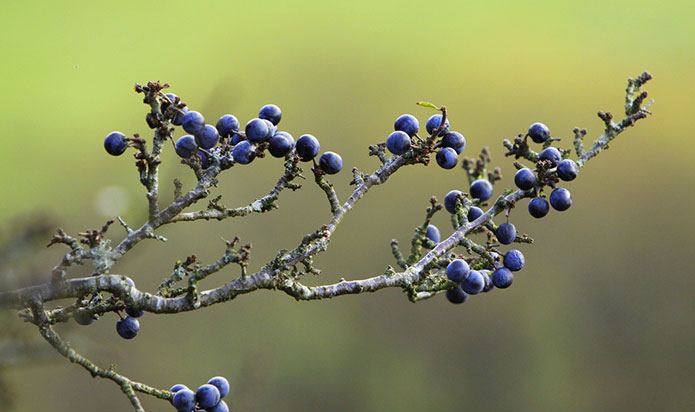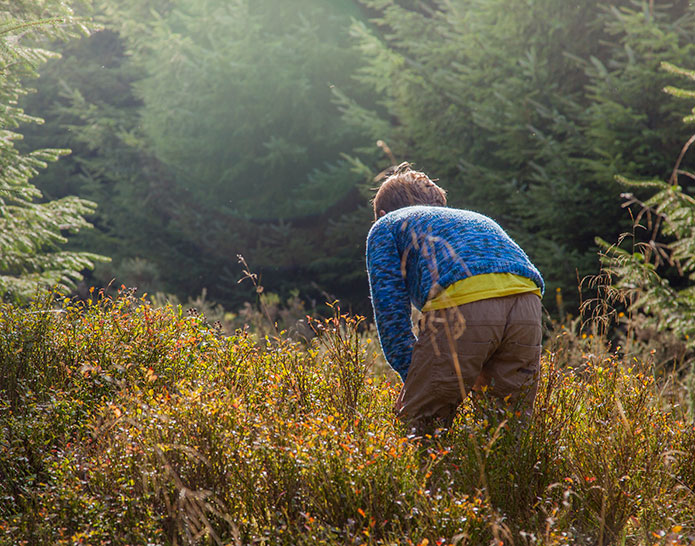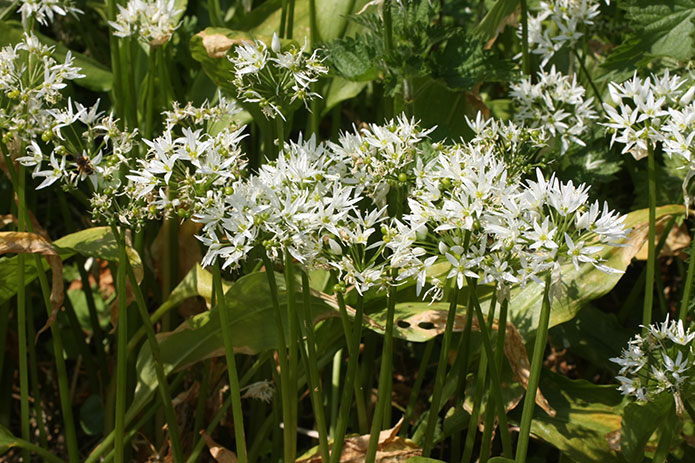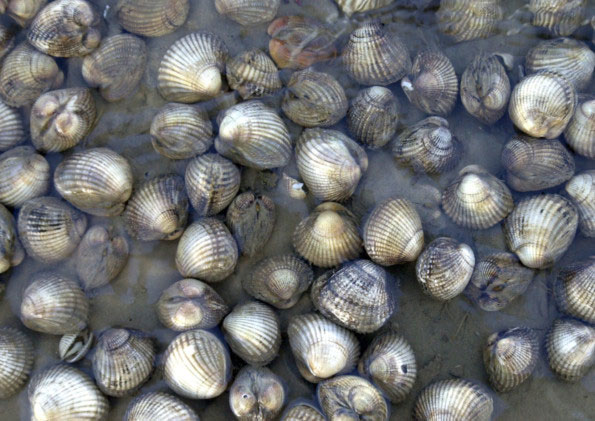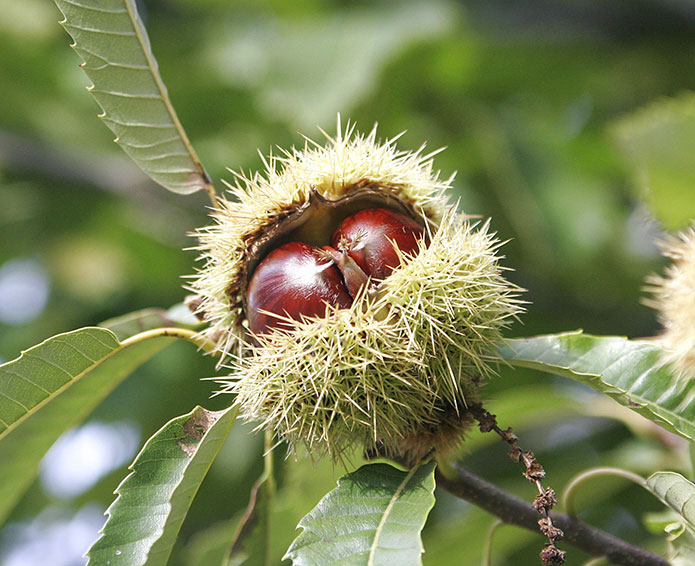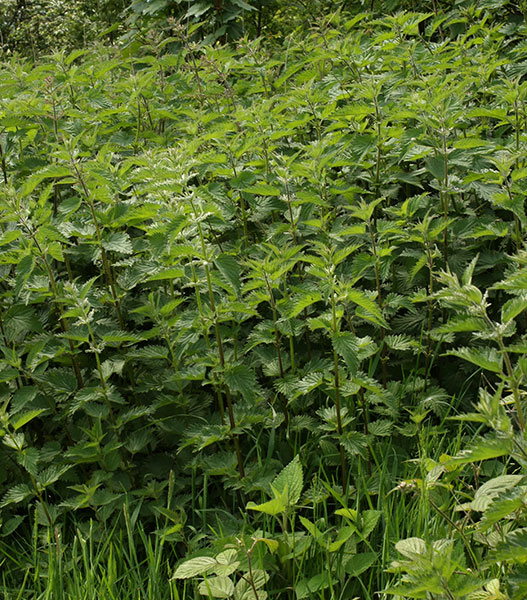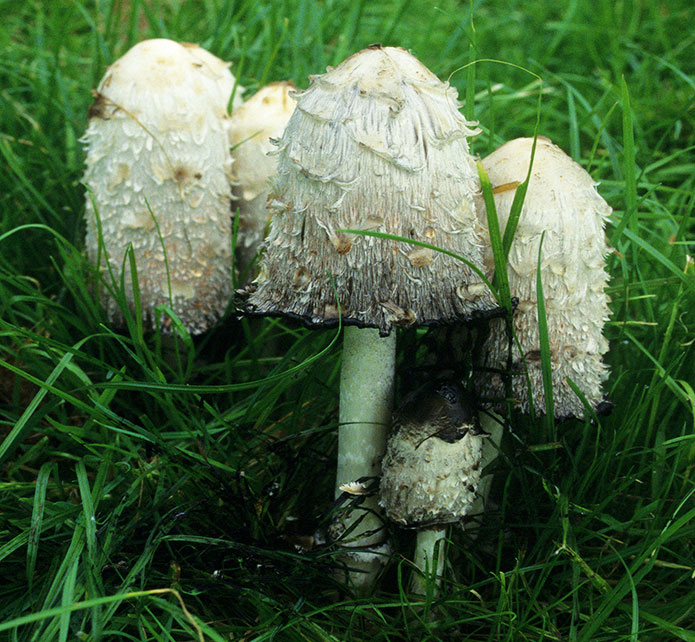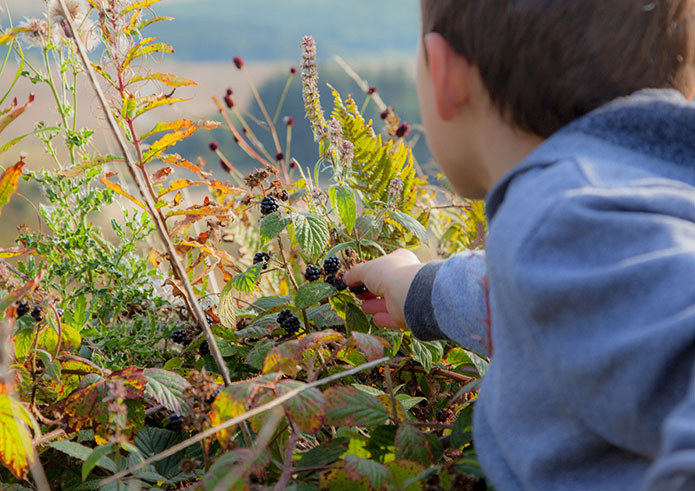
When the first humans arrived in Britain some 7,000 years ago they were hunter-gatherers. For the next four millennia our ancestors lived almost entirely on the natural produce of our woods, pastures, rivers and shores. And even when the emphasis switched to farming wild foods remained an important element in most British diets (rosehip syrup, rabbits and nettles were important parts of the war effort in the 1940s). Today we may be more at home foraging along the aisles of Tesco than scouring woodland paths, but the natural bounty is still there, free to anyone with the skills to recognize, find and harvest.
Wild delights
Finding one’s own food in the hedgerows is the ultimate in sustainable agriculture: organic, unrefined and with minimal food miles. More importantly, however, by foraging we increase our knowledge and understanding of the natural world. Wild foods will never take the place of the staples on which we now depend, but when we discover the taste of a plant or mushroom, we boost our appreciation of the diversity of nature.
Foraging literally reconnects us with the land. We are far too used to eating anything we want, whenever we want. It may be possible to buy fresh asparagus, lamb and eggs around the year, but ramsoms, crayfish and blewits can only be harvested in spring, summer and autumn respectively. This only adds to the flavour of the wild produce and the value we put on them.
Reluctance
Yet few people choose to cash in on the natural bounty. Appearance is one of the first problems. Hedgerow plants grown in a variety of soils without chemicals vary hugely in size, shape and colour. This is total contrast to our familiar supermarket produce which is grown, graded and packaged to ensure uniformity of looks, taste and texture.
Others are put off by notions that ‘weeds’ can never match crops selected for flavour and yield over centuries. Or maybe they are prejudiced against ‘tough’ textures and ‘bitter’ flavours. In most cases the problems actually boil down to simple ignorance or lack of experimentation.
The truth is that many hedgerow foods are better than their domesticated versions. Almost no wild mushroom can be cultivated. Other native foods were so successful that they were domesticated to ensure supplies and in the process something was lost. Farmed pork, venison, trout and salmon may be readily available on supermarket shelves, but they are poor reflections of their free-range, organic, ancestors. Yet other ‘weeds’ were once cultivated but have fallen out of fashion (ground elder and alexanders, were introduced by the Romans as everyday vegetables, for example).
Ignorance
Culinary errors lie behind many of the negative attitudes. Wild produce usually needs different treatment to its cultivated equivalent. Most fungi pack a powerful flavour punch, for example. So instead of allowing 150g per portion, 50g is a good rule of thumb. Likewise, many delicious hedgerow plants are too strong to make a salad on their own. It is much better to beef up a bland lettuce with a handful of wild garlic and dandelion leaves, perhaps scattered with a few tips of rosebay willowherb or hairy bittercress.
When it comes to wild meats, the lack of fat can lead to confusion. While this means they are very healthy, rabbit or venison can quickly dry out during cooking. Marinating, brushing with oil or covering with streaky bacon are good ideas if you are grilling or roasting. Also, when grilling, searing or roasting, it is much better for meat to be under- rather than over-cooked. Actually, a stew is often the safest bet (particularly when cooking an older animal which has had time to build up plenty of muscle).
Responsible harvesting
There is nothing intrinsically wrong with gathering food from the wild, but it can attract disapproving looks from some quarters. Certainly over-harvesting has devastated some once-abundant species (in Victorian times wild oysters and salmon were staples of the industrial poor but both are now rare luxuries). As a result in many cases attitudes have shifted strongly towards ‘look but don’t touch’. Actually the legal situation is more forgiving than many people realise. While you need permission to forage on private land, under common law it is not an offence to gather ‘foliage, flowers, fruit and fungi’ for personal use provided you are allowed to be there. So you can pick blackberries along a footpaths or mushrooms from a common or Forestry Commission plantation, regardless of any warning notices or threats from an officious warden. Similarly anyone can gather shellfish or seaweed between the high- and low-water tidelines and sea fishing from shore or boat is also always legal.
Drawbacks
Harvesting from the wild can be wonderfully enjoyable, but it can also be very time-consuming (although remember there is no digging, planting, weeding or watering). You can reduce research times by asking for advice and studying field guides and maps to identify likely hotspots and once found, most wild crops will be there year after year. Traps, nets and long lines only take a few minutes to set, but once in place work 24 hours a day (although they will still need to be checked regularly).
But then again, part of the joy of foraging is the uncertainty. When you set out on a leisurely stroll along hedgerow, through wood or along the shore, you never know what you will find. And the leisurely pace may be inefficient by the standards of modern life, but isn’t the escape from mass-produced food in supermarket aisles an integral part of the joy?
Top Ten Wild Foods
Signal crayfish: Originally from America, these aggressive crayfish escaped from farms in the 1970s and have colonised most rivers and canals across much of lowland Britain. They are easily trapped in miniature lobster pots and are delicious with garlic butter or in a creamy masala-type curry.
Wildings: The small fruit most people know as crab apples are almost always the result of a discarded domesticated core. They make good cider and a rather bland jelly which is the perfect backdrop for flavourings such as rosemary or chilli.
Sloes: The fruit of the blackthorn is incredibly astringent, but produce a delicious drink when steeped in gin for several months and sweetened with sugar.
Bilberries: Also known as whinberries and wimberries (and as myrtille by the French), these grow in profusion on heaths, moors and mountains in late summer and early autumn. Picking them is time-consuming, but they make superb jams, pies and tarts.
Elderflowers: The familiar frothy white flowers have a wonderful flowery aroma which makes a good wine, ‘champagne’ (actually a very mildly alcoholic fizzy drink) or cordial. Alternatively, try dipping them in batter, deep-frying and then dusting with icing sugar.
Ramsoms: Wild garlic is a common sight in spring and early summer in damp woodland. Its star-shaped flowers are distinctive – but the scent is even more so. The flavour of the leaves is much milder than the familiar cultivated clove – more akin to that of a chive – but it is delicious in salads, potato cakes or omelettes.
Cockles: At low tide these bi-valves bury themselves beneath the sand near the sea’s edge. Finding the beds takes patience, field craft or local knowledge. Once located they can be raked out and are delicious steamed quickly and served with lemon, vinegar or as a pasta sauce.
Chestnuts: Naturally a Mediterranean native, this has been planted extensively as a coppice species thanks to its quick growth, straight-splitting timber and edible fruit. The nuts can not only be roasted on an open fire, but stir-fried in Chinese dishes or with Brussels sprouts.
Nettles: Although most people recoil at the idea of eating such a painful plant, the sting is instantly destroyed by heat and the result is a slightly nutty spinach alternative.
Shaggy Ink Cap: A very distinctive autumn mushroom which grows along hedges and roadside verges. It has a wonderful flavour, but a rather slimy texture which works best when cooked immediately in soups and casseroles.
Daniel Butler is an environmental writer and wild food enthusiast, starting as a boy with ferreted rabbits and moving on to herbs and mushrooms in his 20s. He leads guided hedgerow and fungal forays from his Welsh smallholding through the summer and autumn. www.fungiforays.co.uk

